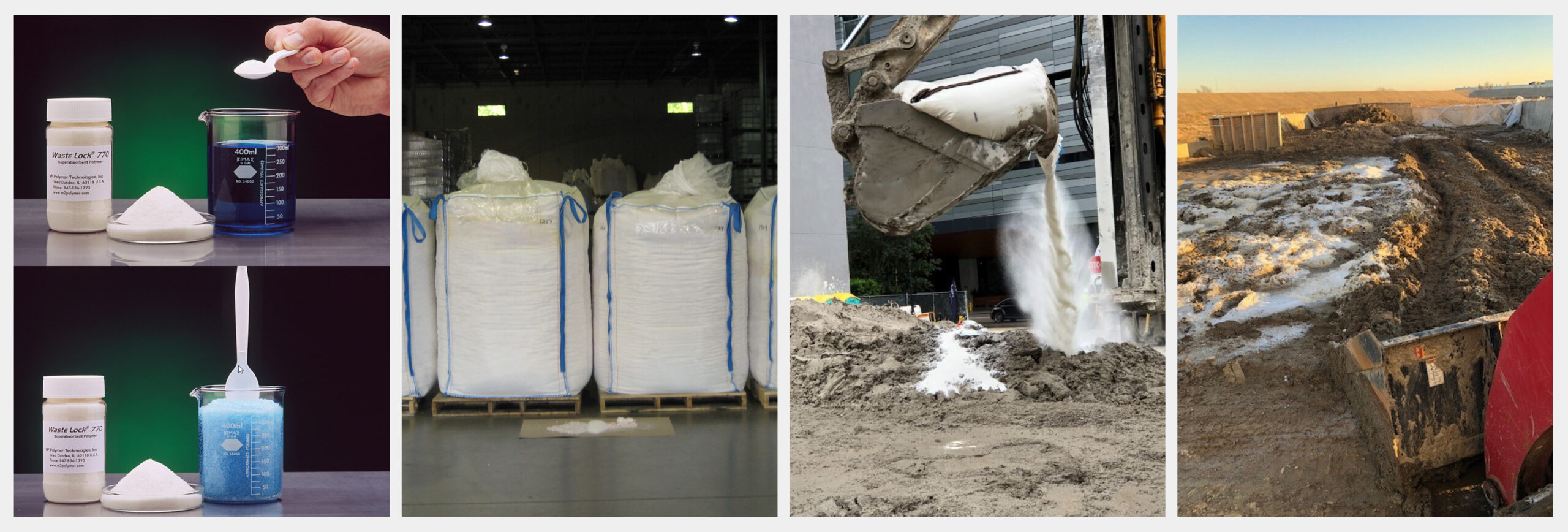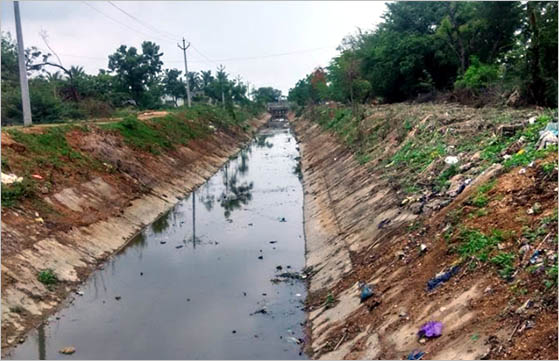Leading Industrial Wastewater Treatment Solutions: Ensuring Compliance and Effectiveness
Wiki Article
Exactly How Liquid Garbage Disposal Works: An In-depth Review of Techniques and Technologies Employed

Introduction of Liquid Waste Kind
The intricacy of liquid waste types necessitates a comprehensive understanding of their qualities and effects for disposal. Liquid waste can generally be categorized into numerous kinds, consisting of industrial, local, agricultural, and contaminated materials. Each group shows distinctive properties, requiring specific administration methods to minimize environmental and health threats.
Industrial liquid waste stems from producing procedures and typically consists of a variety of pollutants, such as hefty steels, solvents, and organic compounds. Community fluid waste, primarily consisting of wastewater from houses and business establishments, has natural issue, nutrients, and microorganisms (industrial wastewater treatment). Agricultural liquid waste, consisting of drainage from ranches, may have plant foods, pesticides, and pet waste, positioning risks to water quality and ecological communities
Hazardous fluid waste is characterized by its poisoning, sensitivity, or possible to create damage. This group includes materials like acids, bases, and certain chemicals that require stringent handling and disposal methods. Comprehending these diverse liquid waste kinds is crucial for establishing reliable disposal methods and ensuring compliance with environmental guidelines. Proper category and characterization are vital for carrying out suitable treatment methods and minimizing the negative influence on public health and wellness and the setting.
Physical Therapy Approaches

Testing is the initial step, where bigger bits and particles are gotten rid of from the fluid waste making use of screens or grates. In sedimentation tanks, larger fragments clear up at the bottom, forming a sludge layer, while the clarified fluid can be further treated.
Filtration is another crucial technique that involves passing the liquid via permeable products, such as sand or membranes, to catch smaller fragments. This action improves the high quality of the liquid, making it appropriate for subsequent treatment procedures.

Chemical Therapy Methods
Chemical therapy methods are vital for efficiently handling fluid waste, specifically in dealing with dissolved and colloidal contaminants that physical methods might not adequately get rid of. These strategies use different chemical representatives to reduce the effects of, precipitate, or transform unsafe materials right into much less hazardous forms.One usual method is coagulation and flocculation, where chemicals such as alum or ferric chloride are contributed to advertise the gathering of suspended fragments. This process boosts sedimentation, enabling for easier elimination of the resulting sludge. Additionally, oxidation procedures, using representatives like chlorine or ozone, are used to break down complex organic substances and virus, rendering the waste safer for discharge or more therapy.
Neutralization is another essential technique, which adjusts the pH of acidic or alkaline waste streams to neutral levels, avoiding possible damage to downstream systems and the setting. In addition, progressed oxidation procedures (AOPs) use mixes of oxidants and ultraviolet light to weaken relentless toxins, accomplishing a higher level of treatment effectiveness.
Organic Therapy Procedures
Biological treatment processes play an important duty in the management of liquid waste by utilizing microorganisms to disintegrate organic issue and reduce impurity levels. These procedures can be generally classified into anaerobic and aerobic therapies, each utilizing particular microbial neighborhoods to achieve effective waste degradation.Aerobic therapy includes making use of oxygen to assist in the failure of natural materials by microorganisms. This process is commonly applied in turned on sludge systems, where oygenation tanks supply a conducive atmosphere for microbial development, leading to the oxidation of natural contaminants. The resultant biomass can be divided from treated effluent through sedimentation.
On the other hand, anaerobic therapy occurs in the lack of oxygen, relying upon different germs to damage down raw material. This method is especially useful for high-strength waste, as it produces biogas, a renewable resource resource, while lowering sludge manufacturing. Technologies such as anaerobic digesters are frequently utilized in industrial and local applications.
Both anaerobic and cardio organic therapies not just decrease the ecological influence of fluid waste yet additionally promote source healing, making them essential parts of lasting waste monitoring strategies. Their versatility, effectiveness, and efficiency support their widespread application across various sectors.
Emerging Technologies in Disposal
Ingenious approaches to fluid garbage disposal are quickly advancing, driven by improvements in innovation and an enhancing focus on sustainability. Amongst these arising modern technologies, membrane layer bioreactors (MBRs) have actually obtained traction for their capability to incorporate organic treatment with membrane filtering, resulting in high-grade effluent that industrial wastewater treatment can be recycled in various applications. MBRs allow smaller sized footprints and much more reliable procedures contrasted to standard systems.An additional appealing growth is making use of anaerobic food digestion combined with nutrient recovery technologies, which not only treats fluid waste yet likewise generates biogas and recuperates useful nutrients like nitrogen and phosphorus. This twin benefit improves resource performance and reduces environmental effect.
In addition, progressed oxidation procedures (AOPs) are being adopted for the destruction of complex organic contaminants. These approaches use effective oxidants and drivers to break down pollutants at the molecular level, providing an extremely efficient solution for tough waste streams.
Additionally, the assimilation of expert system and machine discovering in waste administration systems is enhancing functional efficiency and anticipating upkeep, bring about decreased expenses and boosted environmental compliance. These innovations reflect a significant change towards more lasting and efficient liquid garbage disposal methods.
Conclusion
In verdict, reliable fluid waste disposal demands a thorough understanding of numerous techniques and innovations. By constantly progressing these approaches, it ends up being possible to deal with the expanding obstacles connected with liquid waste, inevitably contributing to ecological defense and source healing.Fluid waste disposal is a critical element of environmental management, needing an extensive understanding of various methods and technologies tailored to different waste kinds. Liquid waste can generally be classified into several kinds, including industrial, metropolitan, agricultural, and dangerous waste. Agricultural fluid waste, consisting of runoff from farms, might include fertilizers, pesticides, and animal waste, posturing dangers to water quality and environments.
Various physical treatment methods play a crucial function in taking care of liquid waste properly - industrial wastewater treatment.In conclusion, efficient fluid waste disposal necessitates an extensive understanding of numerous strategies and modern technologies
Report this wiki page